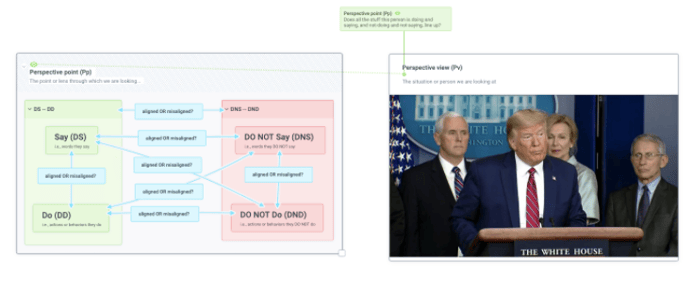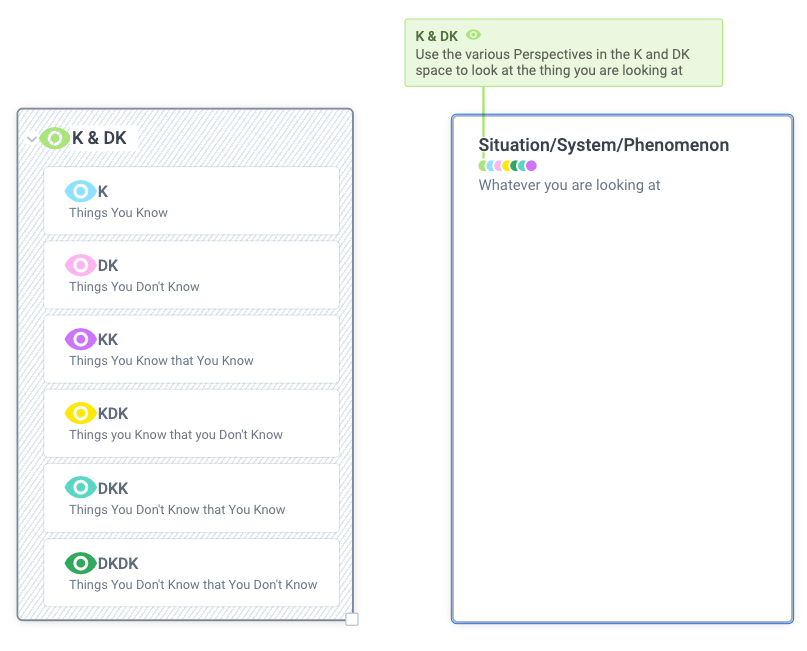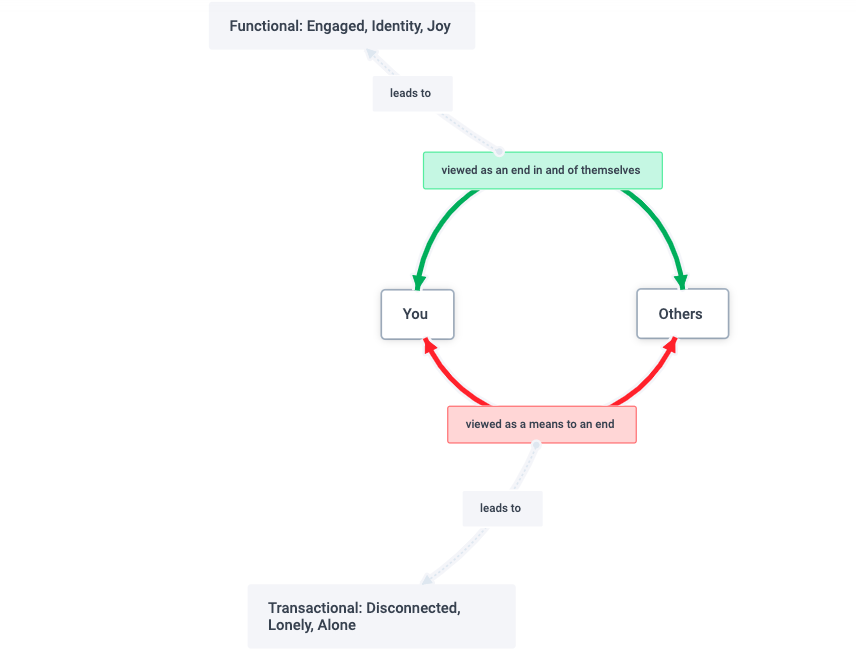Slider: De-dupe-ing
The term cognitive slider was coined by Derek Cabrera to communicate “a relatively small, nourishing or ‘meaty’ mental model” for use in increasing one’s prosocial or emotional intelligence. This blog is part of a set of blogs under the tag "sliders." Be sure to check out the tag to read them as a group and learn how sliders are at play and can help us in our everyday lives.
This slider is on how to NOT get duped by others, in other words, "de-dupe-ing" yourself.
Dupe [doop] noun. a person who is easily deceived or fooled; gull. a person who unquestioningly or unwittingly serves a cause or another person: a dupe of the opponents.
A previous slider called [distinguishing] "Integrity vs. Duplicity" detailed how to distinguish between integrity (what you say aligns with what you do) and duplicity (what you say does NOT align with what you do). We are going to build off of this slider.*
*Note that when we take one model as an output and make it an input for further DSRP-analysis that is an act of "recursion" (see more about DSRP-recursion here)

In this new slider—which we call De-dupe-ing—we take the identities (i) of saying and doing and the relationship (R) of alignment or misalignment and add the identity-other Distinction (Dio) rule to this to get something new and profound... it describes what people who are NOT getting duped all the time are doing, especially with those in society (like psychopaths and duplicitous people) who would take advantage of them.
Let's think of this as mixing and matching ingredients as if we are baking a cognitive cake:
- First, we take the saying and doing and combine it with the Dio rule. So in Figure 1, we already have does say (or DS) and does do (or DD), and by applying the Dio rule to both we get does not say (or DNS) and does not do (or DND).

Figure 1: Say and Do + Dio Rule
Next, we already have a relationship-distinction (RD) between saying and doing that is described as "aligned OR misaligned?". So, we simply add a system (S) of these relationships-distinctions (RDs) to our slider.

Figure 2
Now comes the fun part—a recursive act where we take the model above that is now an output and make it an input. In this step we turn the whole model into the point of a perspective (P) and choose a particular view to look at and analyze from that perspective. In other words, we ask the question (see Figure 3):
Does all the stuff this person is doing and saying, and not-doing and not-saying, line up?
 Figure 3
Figure 3
Thus, the de-dupe-ing slider provides us with a unique perspective from which we can test our mental models about anyone to determine how aligned they are with what's happening in the real world.
Want to play with the map of this slider? Click below.
.png?width=150&height=150&name=CRL%20GOAT%20Logo%20(4).png)



